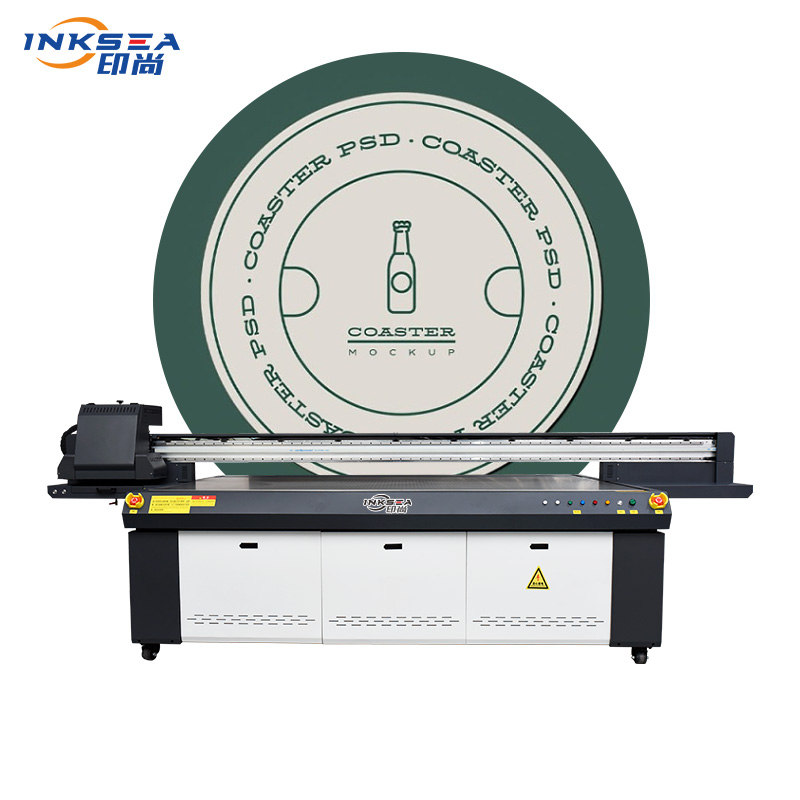The Crucial Crossover: Unveiling the Significance of the Drying Process in Printing
2023-11-29
Introduction:
In the intricate dance of ink, paper, and machinery that defines the world of printing, one often-underappreciated player takes center stage—the drying process. Beyond its seemingly mundane task of transforming wet ink into a permanent image, the drying process in printing holds profound significance. In this blog, we will unravel the layers of importance surrounding the drying phase, exploring its impact on print quality, efficiency, and the overall success of the printing endeavor.
1. Preserving Print Quality:
- The drying process is pivotal in preserving the integrity and quality of the printed image. Efficient drying prevents smudging, bleeding, or offsetting, ensuring that the final print mirrors the intended design with clarity and precision.
2. Preventing Set-off and Transference:
- Without proper drying, freshly printed sheets can stick together, resulting in set-off—a phenomenon where wet ink from one sheet transfers to another. The drying process prevents this unwanted transference, maintaining the individuality of each printed piece.
3. Enhancing Production Efficiency:
- A swift and effective drying process enhances production efficiency. It reduces the time required for printed materials to move through subsequent stages of production, allowing for faster handling, finishing, and ultimately, delivery to the end user.
4. Minimizing Work-in-Progress Time:
- Drying is a crucial factor in minimizing work-in-progress time. Efficient drying means that printed materials can proceed to the next stage of production sooner, reducing the risk of damage and ensuring a smoother workflow.
5. Facilitating Inline Finishing:
- The drying process is a prerequisite for many inline finishing options, such as coating, varnishing, or additional printing processes. Proper drying enables seamless integration of these finishing touches, adding value and enhancing the visual appeal of the final product.
6. Enabling Quick Turnaround:
- For print service providers and commercial printers, quick turnaround times are often critical. The drying process significantly influences the overall production speed, allowing for faster completion of projects and meeting tight deadlines.
7. Supporting Various Printing Technologies:
- Different printing technologies, such as offset, digital, and flexography, rely on specific drying methods tailored to their requirements. The significance of the drying process lies in its adaptability to diverse printing technologies, ensuring compatibility and optimal results.
8. Controlling Ink Absorption:
- The drying process plays a role in controlling the absorption of ink into the substrate. Proper drying prevents excessive penetration, helping to maintain the vibrancy and sharpness of the printed image.
Conclusion:
As the unsung hero in the symphony of printing, the drying process weaves together efficiency, quality, and adaptability. Its significance extends far beyond the surface, influencing every aspect of the printing workflow. Whether in commercial printing houses, publishing, or packaging, understanding and optimizing the drying process is essential for achieving the delicate balance between speed, quality, and environmental responsibility in the vibrant world of print.



